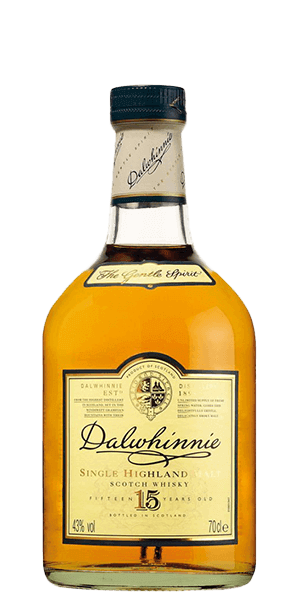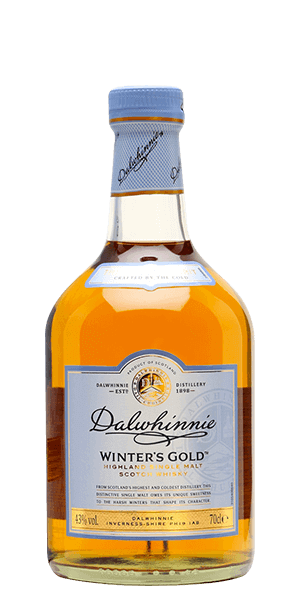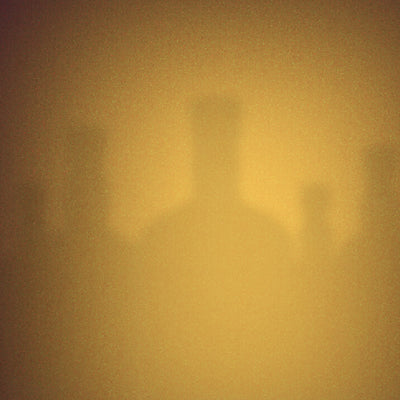All about Dalwhinnie
Dalwhinnie has several special editions and finishings. But their core single malt release is their 15 YO. Everything else builds upon this foundation.
One of the most motable characteristics to Dalwhinnie Whisky is the scent and linger floral freshness that many describe as "Scottish Heather Honey." Heather is the national flower of Scotland, even appreaing on many clan coat-of-arms. It is a bristly, lilac-colored flower native to the Highlands and the scent is akin to wild strawberry and wet grass.
There is also a definite honey note and the influence of oak aging in evident in flavors of sultanas and a light maple. Dalwhinnie sits right next to some large peat bogs, and you can "feel" the peat in the long, warm finish, but it is not what we would call a "peaty" or "smoky" dram - not at all.
Members' favorites from Dalwhinnie
-
-
-
-

 EngravableDalwhinnie Triple Matured (Exclusive "Friends of Classic Malts" Bottling) (700mL)700ml . 48% ABV£0.00
EngravableDalwhinnie Triple Matured (Exclusive "Friends of Classic Malts" Bottling) (700mL)700ml . 48% ABV£0.00
Dalwhinnie, Scotland has a population of 80. That’s not a typo. It is home to a small schoolhouse, a pub, an inn, a train station, and the Dalwhinnie Distillery. What else do you need, really? The distillery is famous for being the “highest” distillery in Scotland.
When you are talking about spirits, “highest” can mean several things right? In this case, we are talking about altitude, sitting at 1164 feet above sea level, nestled at the western base of the almost impossibly-beautiful Cairngorms Mountains. Just on the other side of the peaks to the east are the headwaters of the Spey River.
Dalwhinnie was founded in 1897, by John Grant, but production didn't start until the next year in 1898, so that is the number we will go with. The odd thing is that John Grant immediately sold the entire operation to to a gentleman named A. P. Blyth as a business for his son to run.
They are the ones who named it Dalwhinnie, from the Scots Gaelic "Dail-coinneeamh," which translates roughly into "meeting place," and it refers to the joining of ancient routes cattle herdsmen would use, to drive their stock to market.
Interestingly, father and son sold the place again just six years later to the Cook & Bernheimer Company out of New York. They were kind of a big deal back in the day and were one of the first mega-conglomerates in the liquor business.
They operated from 1863 through 1917. But what makes them special in this case is that they were American, and this purchase made then the very first Americans to invest in the Scotch trade.
They are also important in the history of Dalwhinnie, because they purchased it to facilite blended Whisky production -- which it has been ever since. There have been several ownership changes since then. But production has continued unabated, except in 1934 when a fire forced them to cut production for repairs.
They were ready to go again in 1938, but the barley shortages of World War II shut them down again. Things got fully up to speed again in 1947, as the war came to a close.
Even today with Dalwhinnie fans snapping up as much of the single malt as they can get, only about 10% of the output is reserved for single malt bottling. All the rest goes into the famous "Black and White" blended Scotch.
And this is not a high production shop, so we say if you find a single malt for sale -- any of them -- grab a bottle while you can. Because when they are out, you have to wait until next year.
- Country: United Kingdom
- Region: Highlands
- Address: Dalwhinnie Distillery, Dalwhinnie PH19 1AA, United Kingdom
- Phone: 01540 672219






